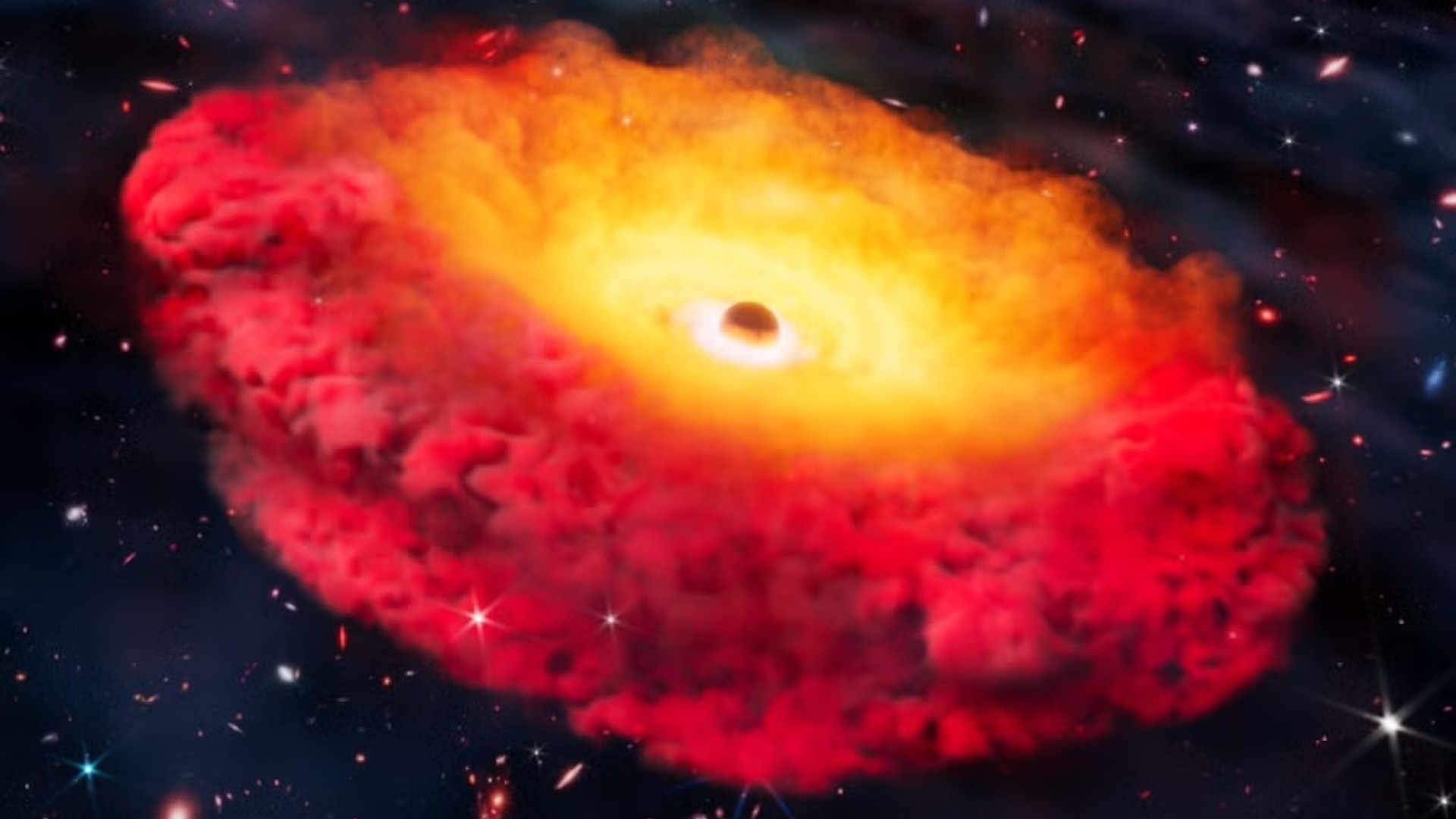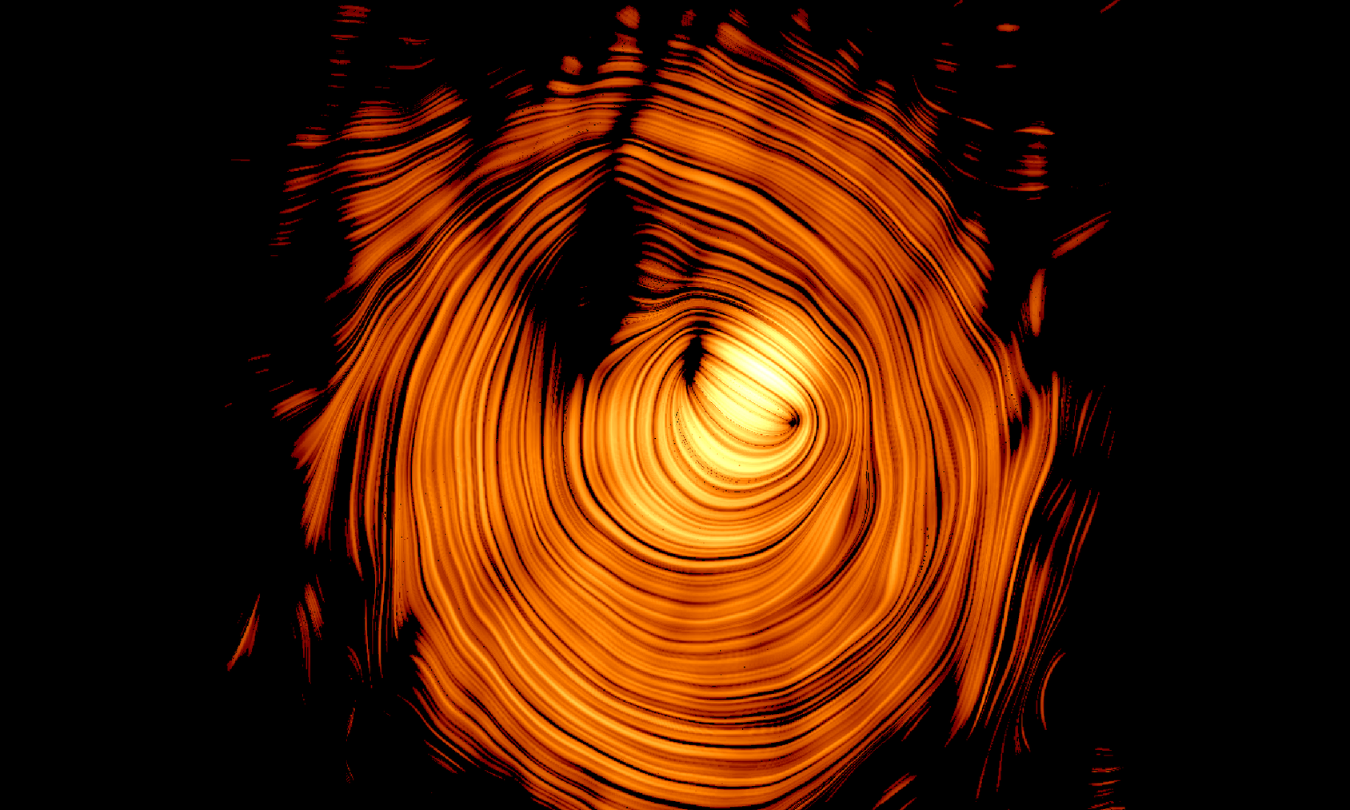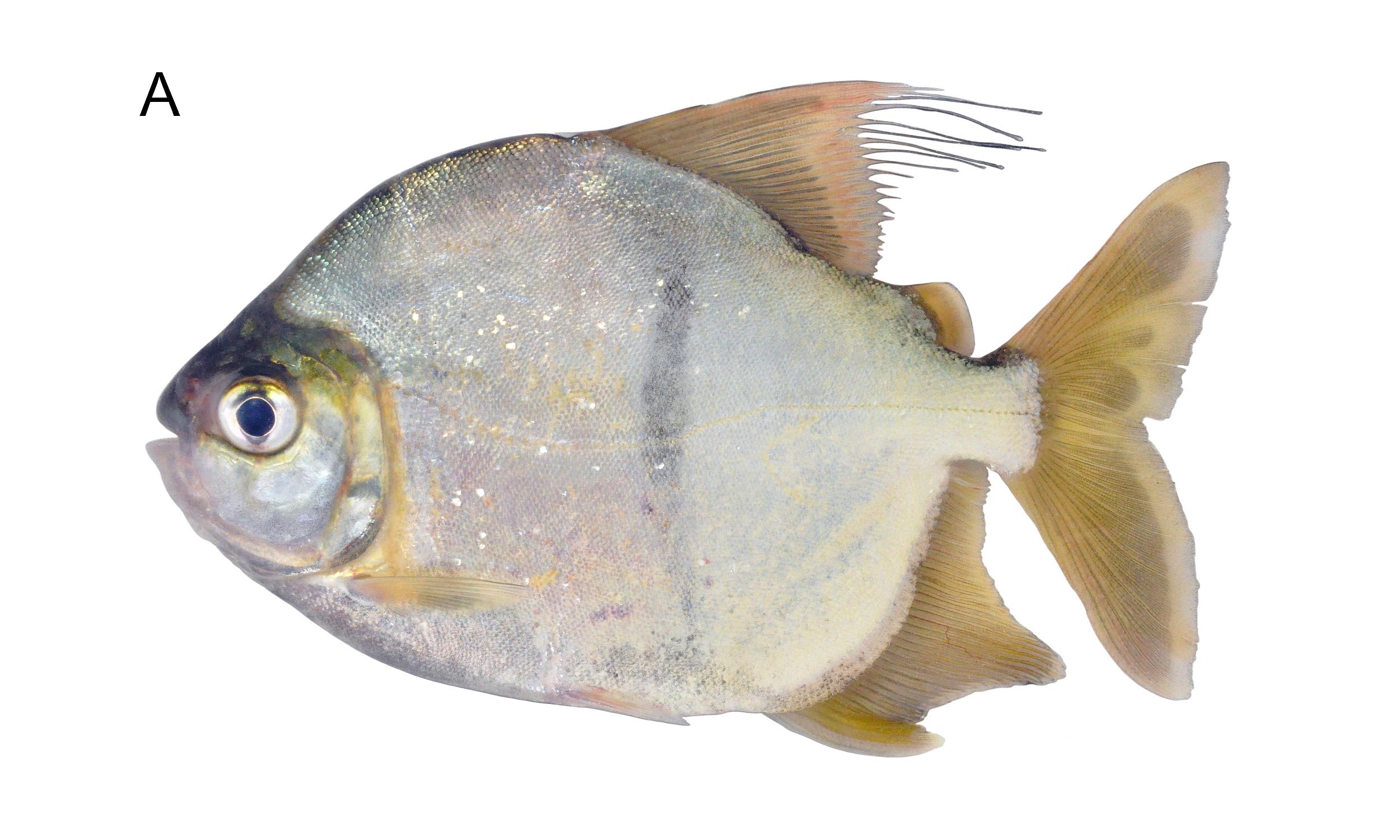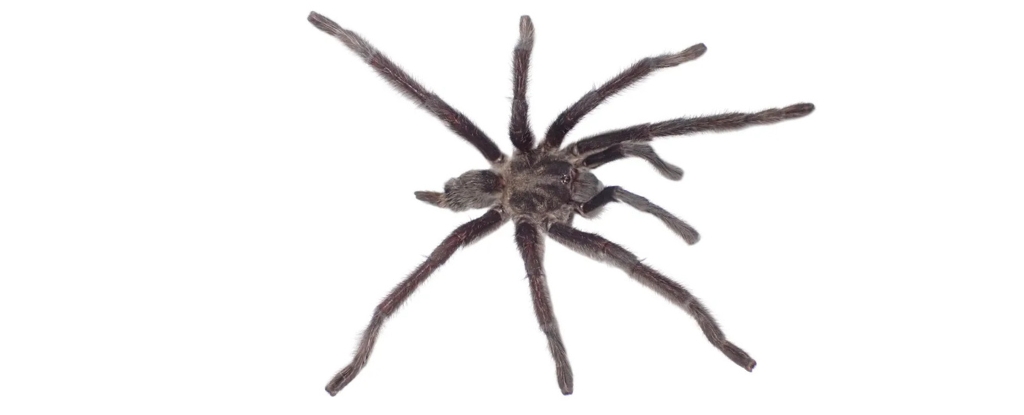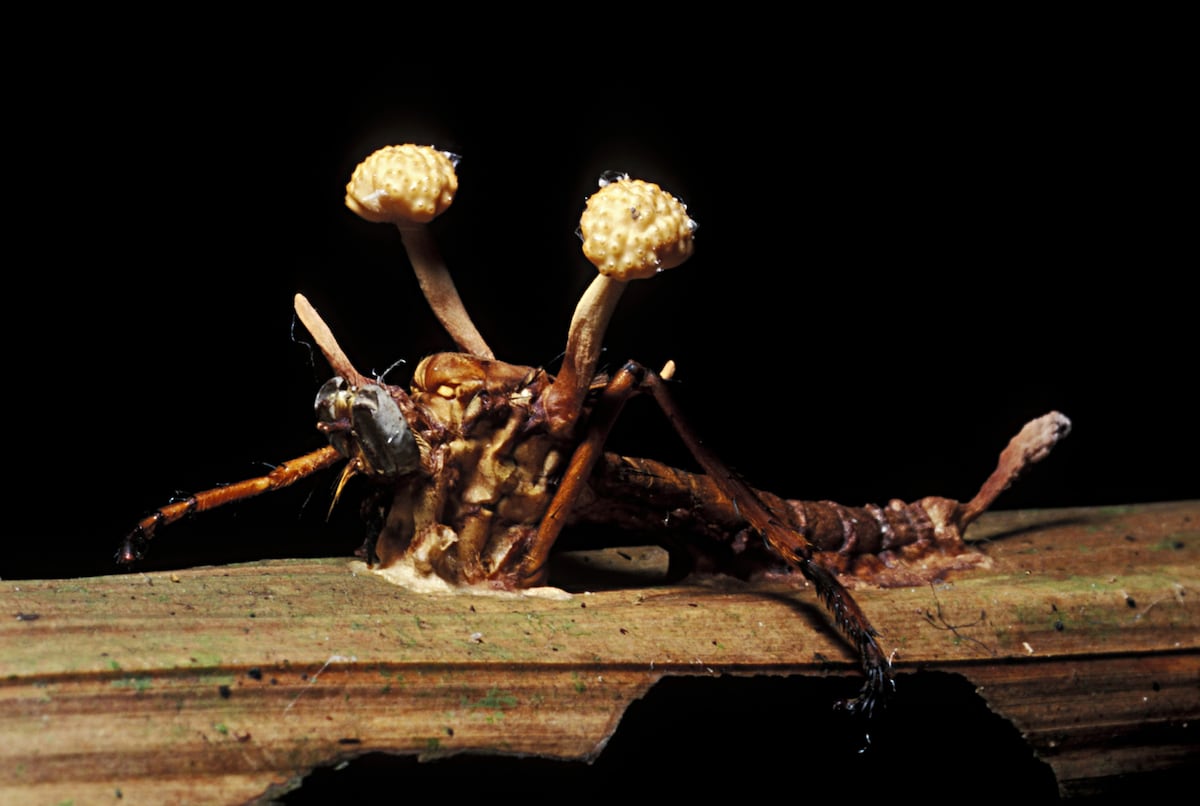Discovery of Bolg amondol: A New Goblin-Like Lizard Species from the Kaiparowits Formation

Hank Woolley, the lead author from the Natural History Museum of Los Angeles County’s Dinosaur Institute, has introduced an intriguing new lizard species dubbed Bolg amondol, inspired by a goblin prince from J.R.R. Tolkien's 'The Hobbit.' Woolley expressed his fascination with the name, stating, “Bolg is a great sounding name. It’s a goblin prince from ‘The Hobbit,’ and I think of these lizards as goblin-like, especially looking at their skulls.” This imaginative connection adds a touch of whimsy to the scientific discovery, bridging literature and paleontology.
This discovery comes at a time when knowledge about large-bodied lizards from the Kaiparowits Formation in the Grand Staircase-Escalante National Monument in Utah is limited. Woolley emphasized the importance of this find, remarking, “We know very little about large-bodied lizards from the Kaiparowits Formation, so I knew this was significant right away.” Such remarks highlight the ongoing mysteries that scientists face when studying the ancient ecosystems of the region.
The bones identified as belonging to Bolg amondol may appear unremarkable at first glance, but they are rich with insights regarding the anatomy and lifestyle of this newly classified species. According to the Natural History Museum of Utah and the Bureau of Land Management, the fossil skeleton is a fragmentary one, yet it holds a wealth of information that can help researchers understand the evolutionary path and ecological roles of these lizards.
Interestingly, this remarkable discovery did not result from an elaborate excavation in the field; rather, it was serendipitously found hidden away in a drawer at the Natural History Museum of Utah. Woolley recounted the moment he unearthed this hidden treasure, stating, “I opened this jar of bones labeled ‘lizard’ at the Natural History Museum of Utah, and was like, oh wow, there’s a fragmentary skeleton here.” This anecdote underscores the significance of natural history museums, which often serve as vaults of valuable scientific artifacts waiting to be rediscovered. It serves as a reminder that even small, seemingly insignificant fragments can hold key information about the past, illuminating our understanding of prehistoric life.














